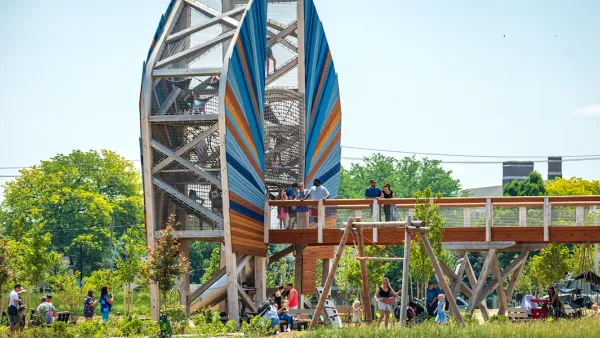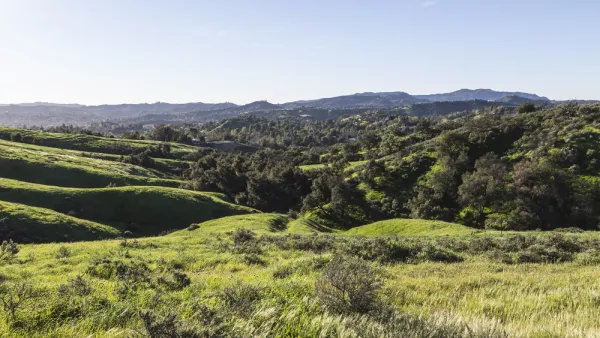Census data are used in a variety of ways that impact parks and recreation, including helping to determine where new parks are built and how funds for park projects and recreation programs are distributed.

The field of parks and recreation has become increasingly data-driven. For example, the use of location data from mobile devices to understand park usage and visitorship is one of the latest trends in park planning, as reported in this recent article. While this illustrates how the latest technology has helped to collect data not previously available, there is actually one data source that park planners have relied upon for a long time: the U.S. Census.
In this blog post by Melissa May of the National Recreation and Park Association (NRPA), she explains the history of the Census and how it impacts parks and recreation. Specifically, Census data are used to help determine where new parks are most needed and how federal, state, and local funding for parks and recreation are allocated. Recognizing the importance of data, the NRPA has set up an online Data and Mapping Resource Library, previously highlighted in this article.
For more information, please read the source article.
FULL STORY: The Census: The Briefest of Overviews on This 200+ Year Event

National Parks Layoffs Will Cause Communities to Lose Billions
Thousands of essential park workers were laid off this week, just before the busy spring break season.

Retro-silient?: America’s First “Eco-burb,” The Woodlands Turns 50
A master-planned community north of Houston offers lessons on green infrastructure and resilient design, but falls short of its founder’s lofty affordability and walkability goals.

Delivering for America Plan Will Downgrade Mail Service in at Least 49.5 Percent of Zip Codes
Republican and Democrat lawmakers criticize the plan for its disproportionate negative impact on rural communities.

Test News Post 1
This is a summary

Test News Headline 46
Test for the image on the front page.

Balancing Bombs and Butterflies: How the National Guard Protects a Rare Species
The National Guard at Fort Indiantown Gap uses GIS technology and land management strategies to balance military training with conservation efforts, ensuring the survival of the rare eastern regal fritillary butterfly.
Urban Design for Planners 1: Software Tools
This six-course series explores essential urban design concepts using open source software and equips planners with the tools they need to participate fully in the urban design process.
Planning for Universal Design
Learn the tools for implementing Universal Design in planning regulations.
EMC Planning Group, Inc.
Planetizen
Planetizen
Mpact (formerly Rail~Volution)
Great Falls Development Authority, Inc.
HUDs Office of Policy Development and Research
NYU Wagner Graduate School of Public Service





























